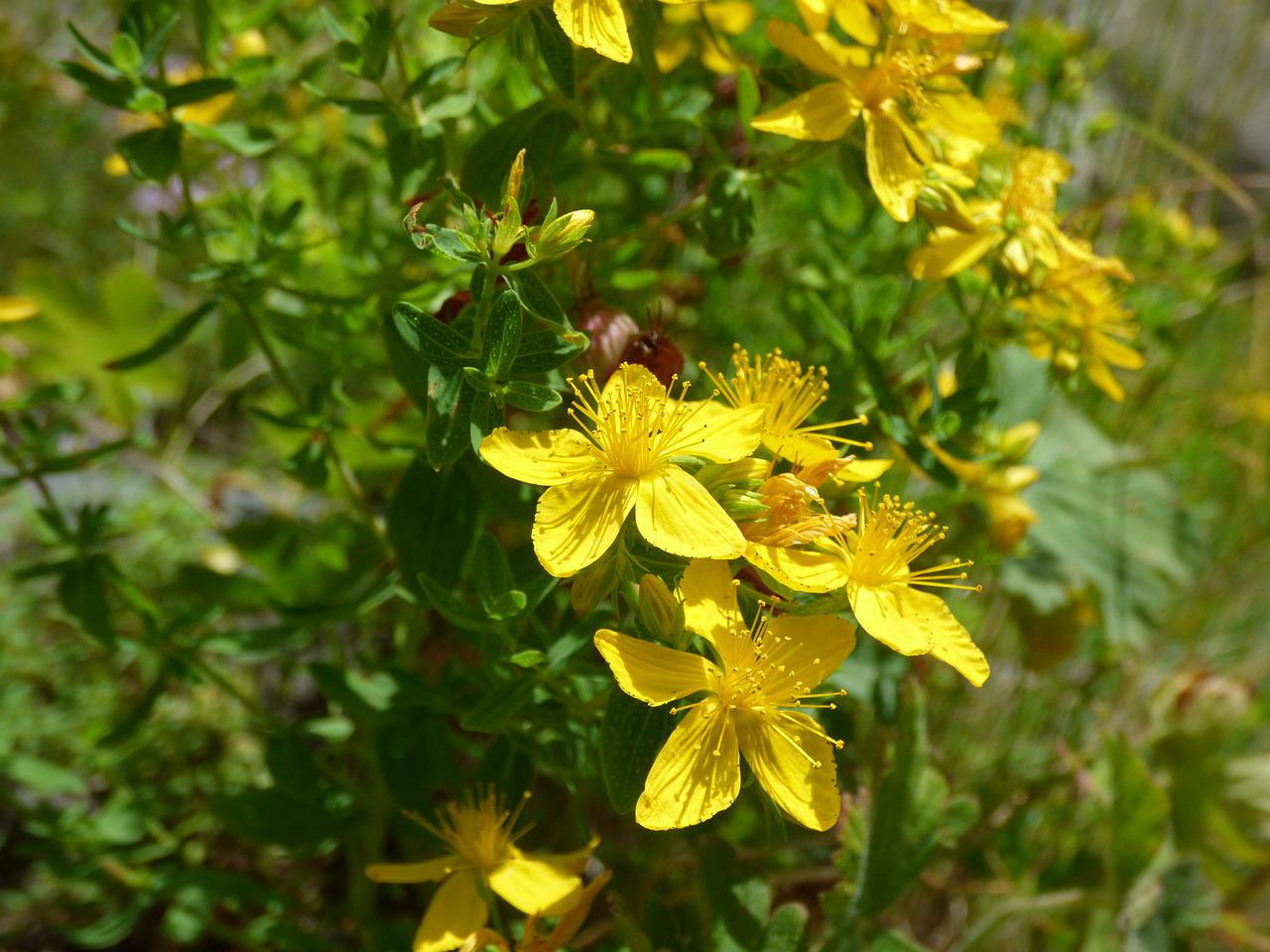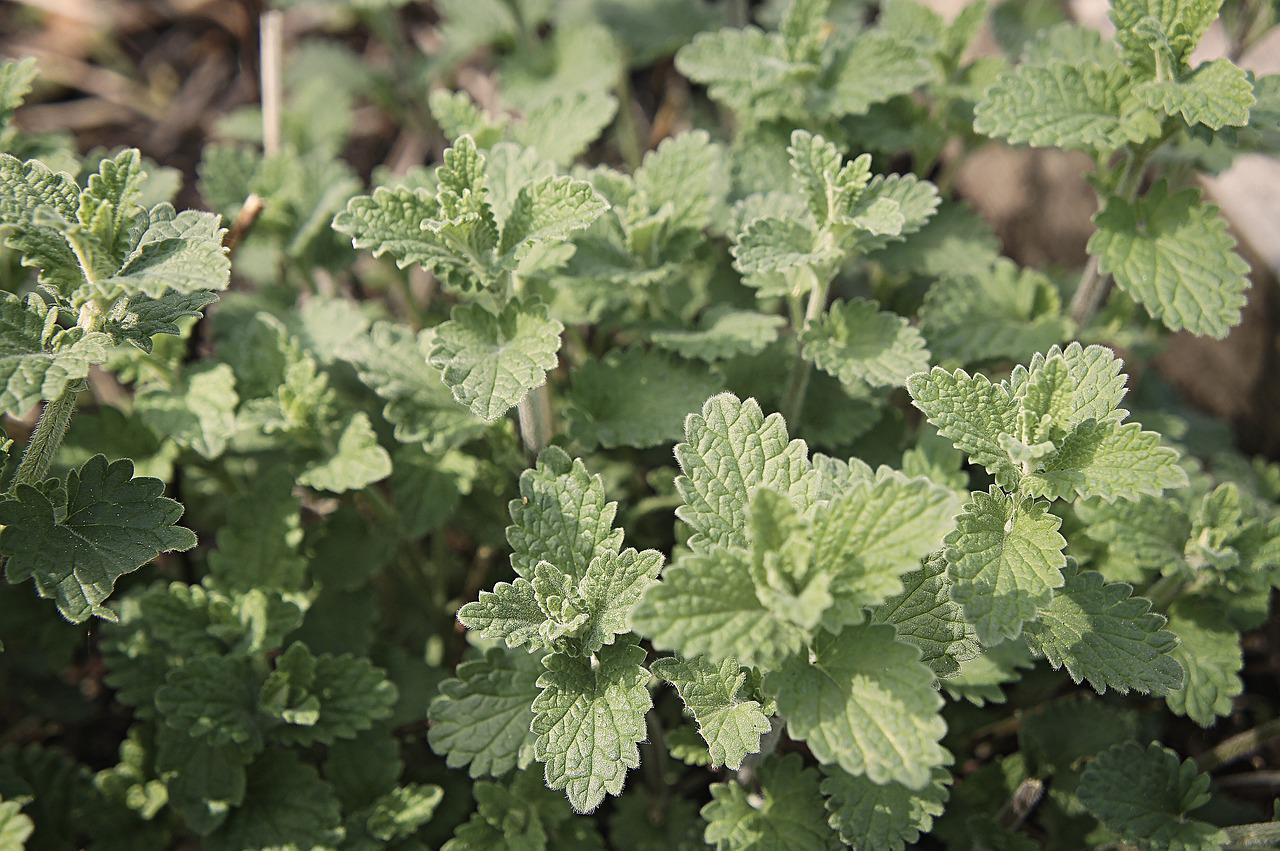As an advocate for the power of nature in mental health promotion, I have been wondering lately what herbs have to offer us in treatment?
Herbs can be an attractive alternative for people with mild to moderate mental health issues who are hesitant about starting pharmaceutical medications or want a more natural approach to their health. Our history of using plants as medicine in Australia dates back thousands of years and many First Nations people still use traditional bush medicines in the treatment of various illnesses including mental disorders. Indigenous peoples worldwide have a holistic view of health that promotes re-balancing both our physical and spiritual selves to treat illness. The answers are found in nature. After colonisation, the adoption of herbal medicines came from folk lore remedies passed down from European ancestors. With the rapid growth of industrialisation, there has been a corresponding growth in pharmaceuticals to meet the rising demand for treating mental illness and somewhere along the way, we lost touch with our traditional plant knowledge.
This blog is the first in a series introducing herbs that have been used in traditional, Eastern or folk medicine to treat various ailments including mental health issues. Some of these have since been studied in the science lab to try and understand their effects, and some haven’t. The willingness of doctors to include them in your treatment plan will therefore be limited, unless they have been thoroughly tested and are recommended in the global clinical guidelines. At the very least, your doctor should be able to guide you on whether a particular herb will react with any medication you might already be taking. And if you are not taking pharmaceuticals then there is probably nothing to lose.
St Johns Wort (hypericum perforatum)

In centuries past, the Greeks and Romans used St Johns wort to drive out evil spirits said to possess humans and protect them against witches’ spells. Those afflicted were encouraged to drink the tea or hang bunches of the herb around their neck or over doorways in the home. St Johns Wort has a large variety of traditional therapeutic uses on the human body including conditions of the nervous system such as depression, restlessness, anxiety, tension, irritability and nightmares. The herb has been well-researched scientifically in Europe to have an effect on lightening moods in people affected by bipolar depression, seasonal affective disorder (SAD), melancholy and low self-worth, through increasing feelings of euphoria and well-being. St Johns Wort is believed to work by optimising the levels of neurotransmitters in the brain such as ‘the feel good’ chemical, serotonin. Depleted serotonin levels are associated with depression, anxiety and mania. St Johns Wort demonstrates similar results to pharmaceutical drugs such as fluoxetine with fewer side effects. For mild to moderate depression, it is now one of Australia’s top selling herbal medicines but may take as long as 2 or months to start having maximum benefit.
Native to Europe, but now naturalised in Australia, some states have declared it a noxious weed for its invasion of farmland. It is best grown from a cutting or division of the roots, as seeds take a long time to germinate. It prefers well drained soil and performs well in temperate climates. Contain the herb in a pot to prevent spreading, however it generally only lives for a few years. It cannot be grown in Victoria as it is declared a noxious weed.
Infuse a tea of ½ to 1 teaspoon of herb in a cup of boiling water and drink with meals. It is also available in a tincture, taken three times a day.
Some people can react to taking St Johns Wort in combination with certain pharmaceutical drugs and foods or drink. Please consult with your medical practitioner to make sure it is safe for you and your circumstances.
German Chamomile (matricaria recutita)

There is some evidence to suggest that chamomile might be helpful for people who experience anxiety. Studies as recent as 2020 have also shown clinically meaningful antidepressant effects in patients with co-morbid depression and anxiety. However, more research is needed. It is believed that chamomile works to boost mood regulators in the brain including serotonin, dopamine and noradrenaline, however this has not been clinically proven.
Monks in the Middle Ages would lay sick people down in a lawn of chamomile, believing that the pleasing aroma of the leaves lifted them from depression and illness. An oil of chamomile made from chamomile flowers and olive oil macerated for two weeks is used in aromatherapy to lift the spirits of emotional, anxious or over-sensitive people.
Chamomile is best propagated by seed. Plant directly in the garden or in pots in well drained soil, in a sunny position. In hot and tropical climates, choose a position in the garden which gets afternoon shade. In cold, frosty climates, wait until spring to plant seeds.
For tea, pick the flower heads as they start to bloom and dry in the shade. When fully dried, store in a sealed container. Picking flower heads regularly will stimulate more production and extend the life of the plant. Seed can be saved from flower heads that have started to droop, before they dry out and fall to the ground.
Chamomile can have negative interactions with prescribed medications or other supplements so consult your doctor.
Passionflower (Passiflora)

As far back as the 1560s, the Incas were using passionflower to brew a tonic tea. But it was the Christians who shortly after gave the passionflower its name, taken in by the large blossoms that appeared to evoke the Passion of the Crucifixion. Passionflower contains tranquilizing chemicals, maltol, flavonoids and passiflorine, which is similar to morphine. It also contains stimulants although researchers believe the overall effect is mildly sedative, and therefore you cannot get addicted to it. Passionflower is believed to assist with feelings of nervousness, restlessness, anxiety, depression, tension and stress. It is a favoured herbal alternative to pharmaceutical drugs like Valium. Passionflower is also used to assist in managing hyperactivity and sleeplessness.
The passionfruit plant is easy to grow in tropical and subtropical climates, from seed, cutting or root runners. In cooler areas, some species such as the Banana Passionfruit are cold tolerant. The trailing vine with is colourful flowers is a wonderful addition to the garden, igniting all the senses.
The leaves and flowers of the passionfruit plant are used in herbal preparations. One teaspoon of dried herb is steeped for 10-15 minutes in one cup of boiling water. Drink the tea up to three cups a day including one before bed to help you sleep soundly.
Passionflower should not be taken with antidepressant drugs, while pregnant or if you have liver disease. Do not take any more than the recommended dose.
Catnip (Nepeta cataria)

Catnip has been used medicinally for a wide range of afflictions from Europe to China over the last 2000 plus years. Most noted for its intoxicating effect on cats which brush up against or eat the leaves, not all cats have the gene that contributes to their experience of euphoria. It is the same chemical in catnip that attracts cats called nepetalactone isomers, which produces the relaxing effect in humans, similar to the natural sedative in Valerian (valepotriates).
Catnip has the effect of uplifting your mood, easing emotional tension, relaxing the whole body and boosting well-being. It is also used as a mild sedative for insomnia.
Catnip is a useful aromatic addition to the garden attracting bees and repelling mosquitos. It is easy to grow from seed, cutting or root division, in a wide variety of soil types and climates. Harvest the leaves and flowers in late summer while in full bloom, dry them and store in an air-tight container in order to preserve the volatile oil.
Use 2 teaspoons of the dried herb in a cup of boiling water and steep for 10 to 20 minutes. If it is going to work for you, you should start to notice the effects in 2 weeks. Even tucking a bag of dried catnip leaves under your pillow help to induce a restful sleep.
Catnip is non-toxic but if you experience an upset stomach or allergic reactions, either decrease the dosage or stop using it.
Motherwort (Leonurus cardiaca)

Motherwort has a strong folklore history. The ancient Greeks and Romans used it for depression, physical and “emotional problems of the heart” experienced as palpitations. The Chinese have revered the herb for longevity. An English herbalist called Culpepper in the 17th century once wrote, “There is no better herb to take melancholy from the heart and make a merry, cheerful soul”. It got the name motherwort from its use as a uterine stimulant to bring on labour. Despite limited research into its effects, some European countries have approved its use to treat a rapid or irregular heart rate caused by stress, anxiety and other nervous conditions. One study in 2011, demonstrated after 28 days of treatment with motherwort, 32 percent of participants with significant improvement in symptoms of anxiety and depression, and a further 48 percent of participants showing moderate improvement.
Motherwort can be quite difficult to grow from seed, enjoys a sunny or partly shaded position in the garden, and adapts to any soil and climatic conditions. It is sometimes affectionately known as Lion’s Tail due to the tall distinct tail-like stems from which soft, hairy leaves grow.
Use motherwort dried leaves in a tea steeped for 10 minutes, with a little honey or lemon juice to hide the bitter taste or combine with another herb such as spearmint. Sip 1-2 cups throughout the day or alternatively take ½-1 teaspoon of tincture three times a day.
Motherwort should not be used in pregnancy. It should be used only under doctor supervision, if cardiac drugs are being prescribed and used.
Whilst introducing herbs might be something to try, it is also important to consider what else is passing your lips. Some nutritional deficiencies, such as vitamin B and zinc, are associated with depression. It is well known that a diet of processed foods, as opposed to a balanced wholefood diet of lean meats, fish, whole grains, fruit and vegetables, puts you at higher risk of developing depressive and anxiety symptoms. For more on the impact of diet on mental health, check out my other blog.
Whilst all these plants can be bought as either a tincture or dried herb, I highly recommend trying to grow your own. Getting out in the garden and breathing in the soil microbes are also a great mental health initiative. Old traditional herbs are a wonderful addition to the garden and allow you to play a role in preserving our wonderful history of herbal medicine. Just check if there are any growing restrictions in your state.
Please remember, that medicinal herbs should only be used in consultation with your treating medical practitioner, as there may be contraindications with your current medications, possible side effects or higher risks of allergic reactions. Some herbs are also not suitable to take during pregnancy or to give children to children.
A good GP should be willing to consult with you, if you are wanting to introduce herbal medicines into your treatment plan. All the available research on what is effective and what isn’t is published in these global clinical guidelines, accessible to clinicians, who are often unsure of the most recent available evidence.
Happy healing herb growing.
For part two in this series, click here.
References:
‘How Can I use Herbs in my Daily Life?’, Isabel Shipard
‘The New Healing Herbs’, Michael Castleman
New clinical guidelines for the use of medicinal plants, Deakin University

